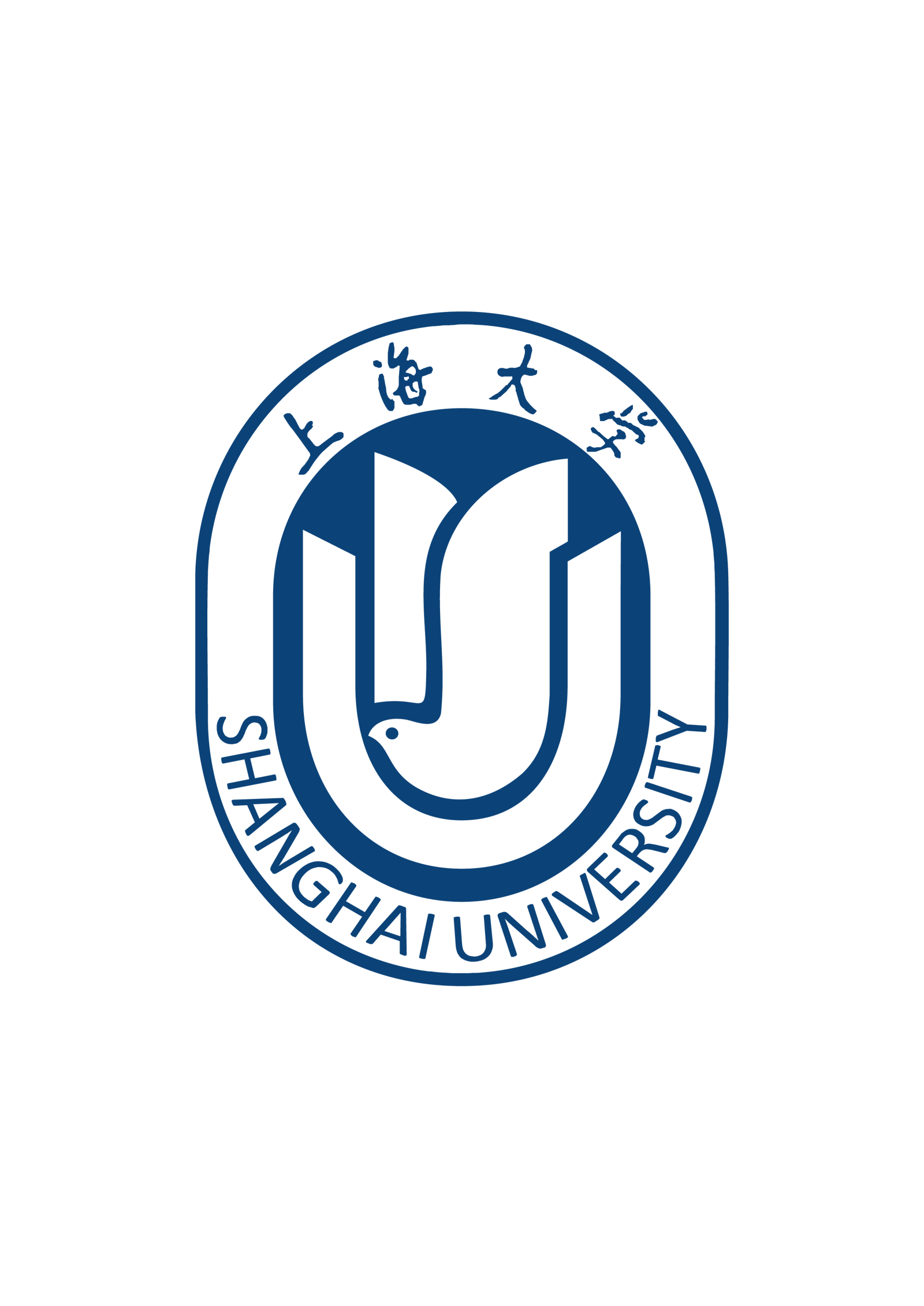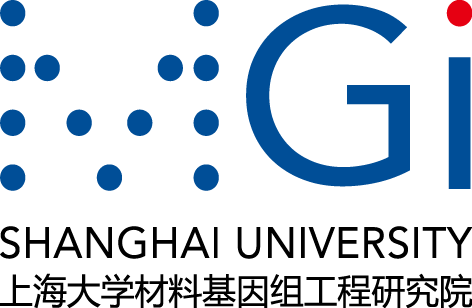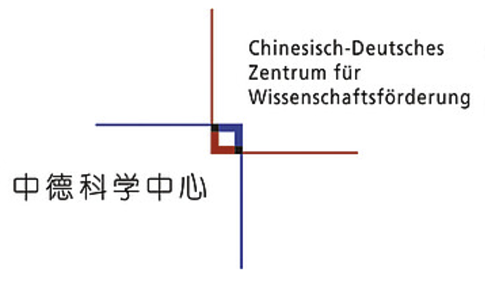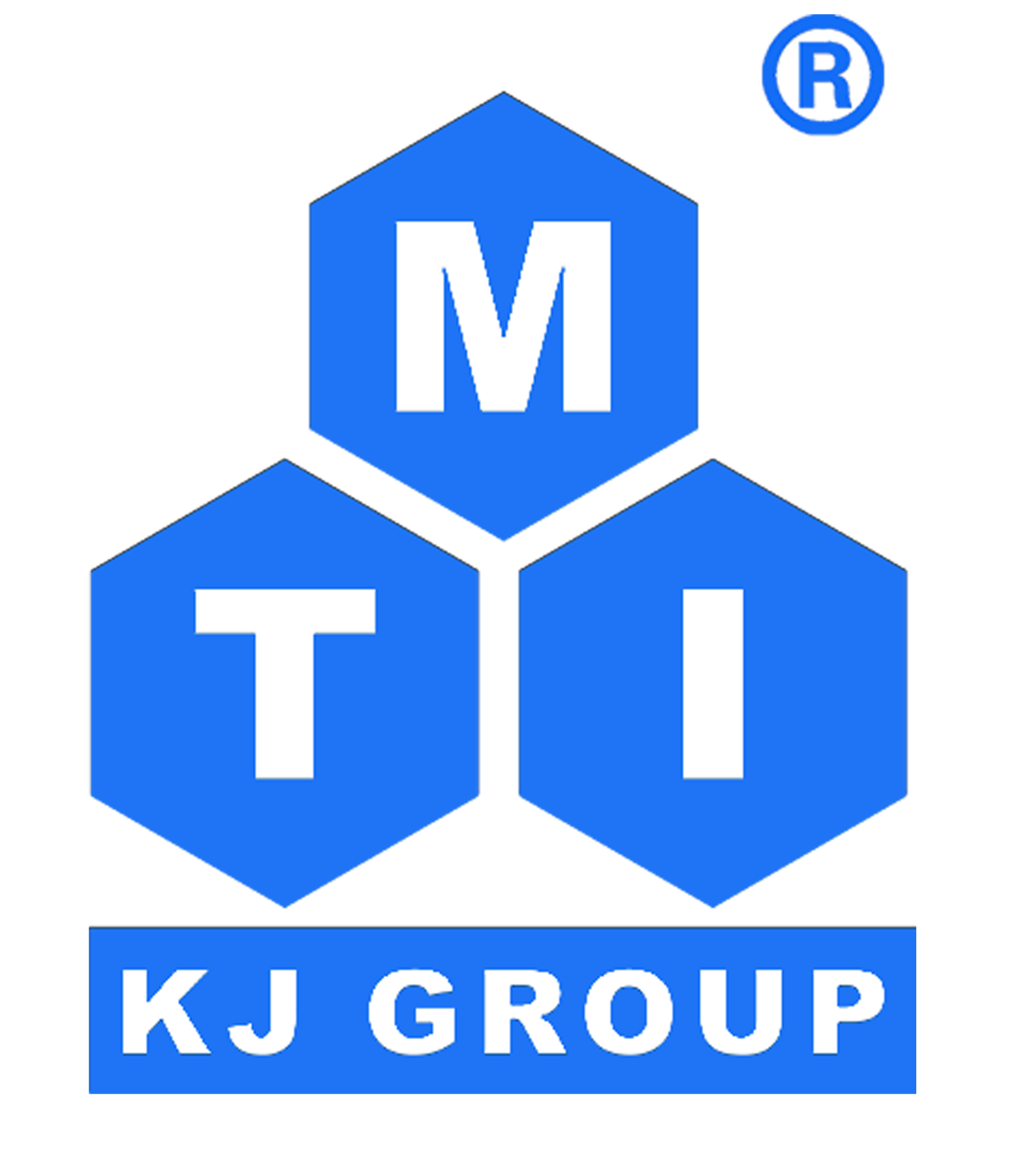Carla Verdi
The University of Queensland, Australia
Machine learning is increasingly used to accelerate first-principles simulations of many materials properties. Training machine learning models based on accurate many-body calculations, where the amount of data quickly becomes scarce, poses additional challenges. After showcasing the capabilities of machine-learned interatomic potentials trained on the fly within the popular VASP code, I will then focus on the random-phase approximation (RPA) as an example of a successful, but computationally costly, many-body approach to electronic correlation, and show how to accelerate RPA calculations via machine learning in two key areas: the development of machine-learned potentials and the construction of new density functionals. First, we train machine-learned potentials based on the RPA using the principles of ∆-machine learning, which requires up to two orders of magnitude fewer data. I will discuss applications on accurate anharmonic lattice dynamics and charge transport in soft perovskite materials. Next, I will present a machine learning approach that maps the RPA to a pure density functional that can be considered a non-local extension of the standard gradient approximation. To train our functional we use not only RPA exchange-correlation energies but also derivative information in the form of RPA optimized effective potentials. We apply our scheme to create an RPA substitute functional for diamond and water. Overall, we demonstrate how machine learning can be merged with many-body methods, extending their applicability beyond current system sizes and time scales.
Dr. Runhai Ouyang (DCTMD2024@163.com)












